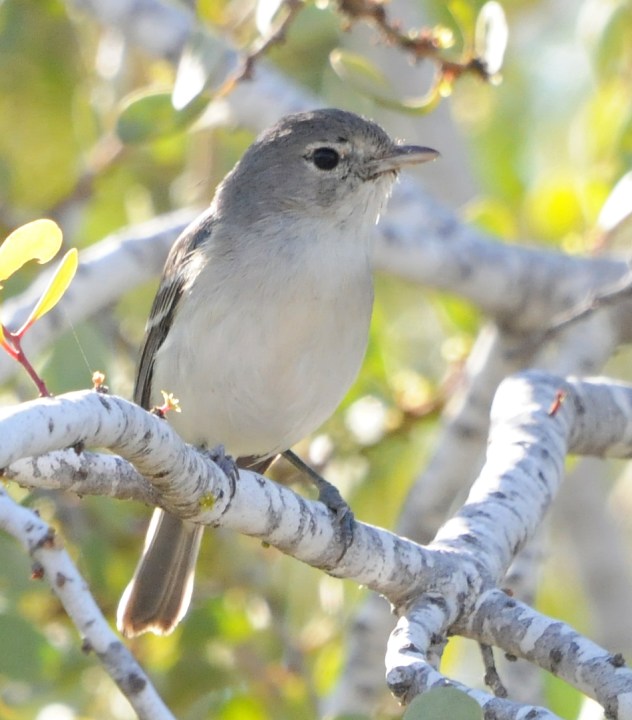Construction on the longest multi-use trail in Southern California has been halted following the discovery of an endangered bird.
Crews were on Phase III of the four-phase Santa Ana River Trail project when a Least Bell’s Vireo was found nesting in the project’s boundary in San Bernardino County.
The Least Bell’s Vireo was added to California’s list of endangered species in 1980 and remains state-protected.
“The birds breed in areas of Southern California from mid-March to early April and usually remain in their breeding grounds until late September,” said U.S. Fish & Wildlife Service. “Sometimes they leave as early as the end of July.”
Work on the 3.8-mile Santa Ana River Trail broke ground on Jan. 30, 2023, with a ribbon-cutting ceremony in Redlands. When completed, the multi-use trail will be a part of a 110-mile project that will connect Orange, San Bernardino and Riverside counties.
Trails will accommodate use for hikers, bikers and even equestrians from the San Bernardino County National Forest and to the Pacific Ocean in Huntington Beach.
The Santa Ana River portion was scheduled for completion this August, but county officials said the area will need to be surveyed in July/August to determine a possible timeline reassessment.
“Depending on the results, Public Works and the construction company will determine if construction can proceed,” officials said. “Otherwise, the project will continue to be delayed through the breeding season, which ends in September, at which point the birds are expected to migrate. Due to this delay, the trail’s Phase III segment will not be completed until at least February 2024.”
The project is a collaboration between the San Bernardino County Department of Regional Parks and the Department of Public Works.
Funding for Phase III came primarily from two sources, according to the county — $6.9 million of state Proposition 84 funds from the California Coastal Conservancy, and $1.1 million in federal Active Transportation Program grant funds.

























